How Queen Elizabeth II Changed the Monarchy—and Protected It For Future Generations
On the Queen's Platinum Jubilee, we spoke to experts about her 70-year reign and what comes next.
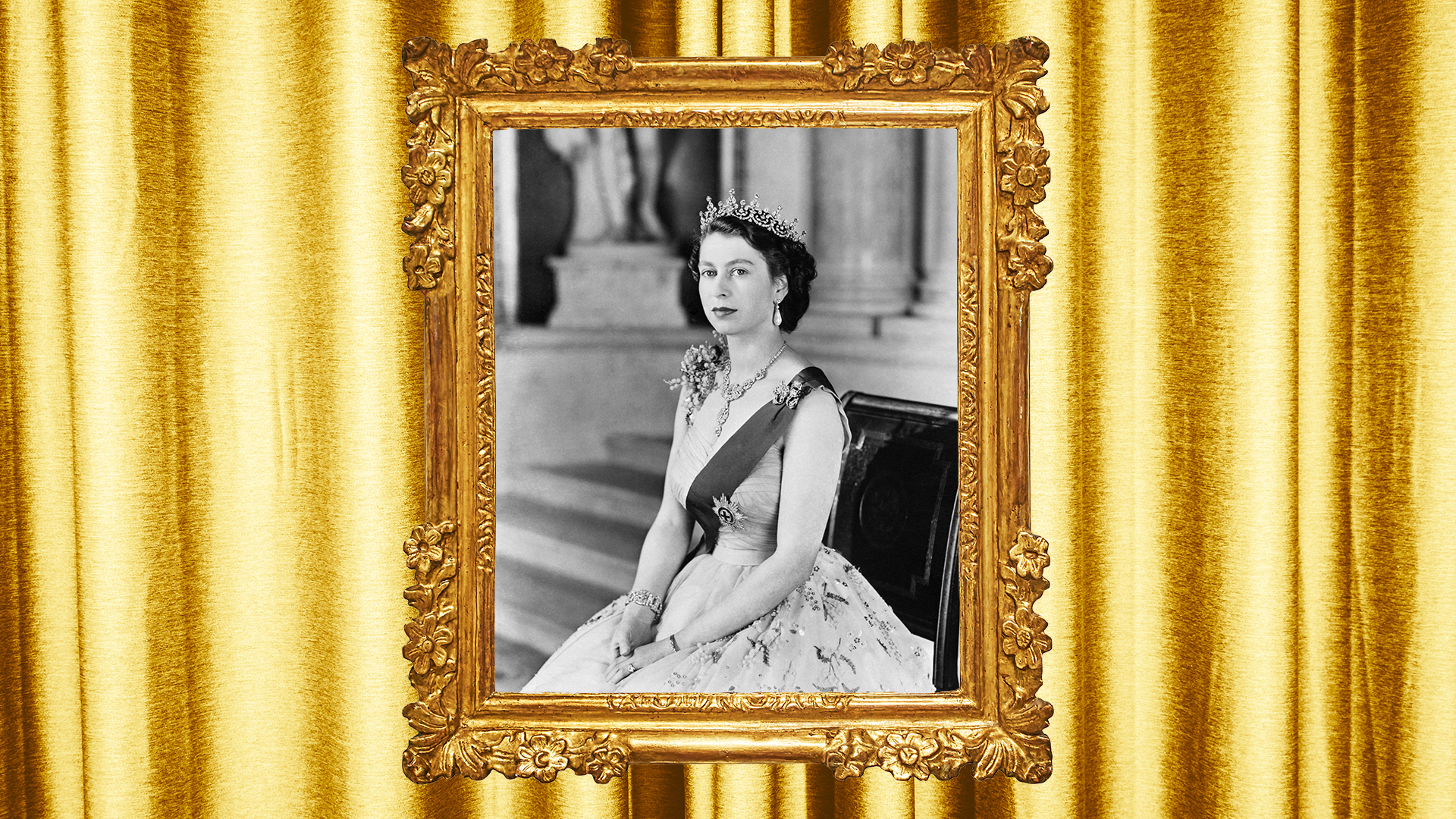

Today, Feb. 6, 2022, Queen Elizabeth II celebrates her Platinum Jubilee, marking 70 years since she first took the throne in 1952. As the United Kingdom’s longest reigning monarch (in second place, Queen Victoria reigned for an impressive 63 years), the Queen has seen the world change dramatically. Fans of The Crown will remember some of the most defining moments of the second Elizabethan era—from the last years of Winston Churchill’s government to the divisive Thatcherite era, from raising four children to Princess Diana’s difficult entry into the Royal Family, and 70 years of events in between.
As the Queen looks back on seven decades of rule—a bittersweet celebration since it also marks the anniversary of her father’s death, and her first Jubilee without her late husband—the Queen, 95, is also certainly looking to the future. So, how will the latter end of her reign play out? What will the Jubilee celebrations in June look like? What can we expect from Prince Charles' “slimmed-down” monarchy? How will the U.K. change under the Cambridges’ rule? And is the monarchy here to stay, or is it on its last legs? Experts reflect on the past 70 years, and on what the future holds for the House of Windsor.
Her Unprecedented Reign
It’s hard to imagine a world where the United Kingdom doesn’t have Queen Elizabeth II at its helm. As of 2017, 4 out of 5 U.K. residents had only known Elizabeth as monarch in their lifetimes. Sure, the Queen doesn’t have executive or legislative power, but the respect and reverence she commands from her subjects and royal fans around the world is itself a power. For 70 years, she has lent her face to the pound sterling and Royal Mail stamps; she has inspired punk rage and kitschy trinkets; her wisdom has remained endlessly quotable, and her practical jokes, though rare, have proven unmatched.
“I think that the Queen is an inspiring figure not just for British and Commonwealth citizens, but really for the whole world,” royal expert Jonathan Sacerdoti tells Marie Claire. “Her length of service, her resilience, her admirable sense of duty, have all ensured she will be remembered positively in the history books. While she has also brought in change, Queen Elizabeth II has provided us all with something all too rare: a sense of consistency amid the chaos of world news."
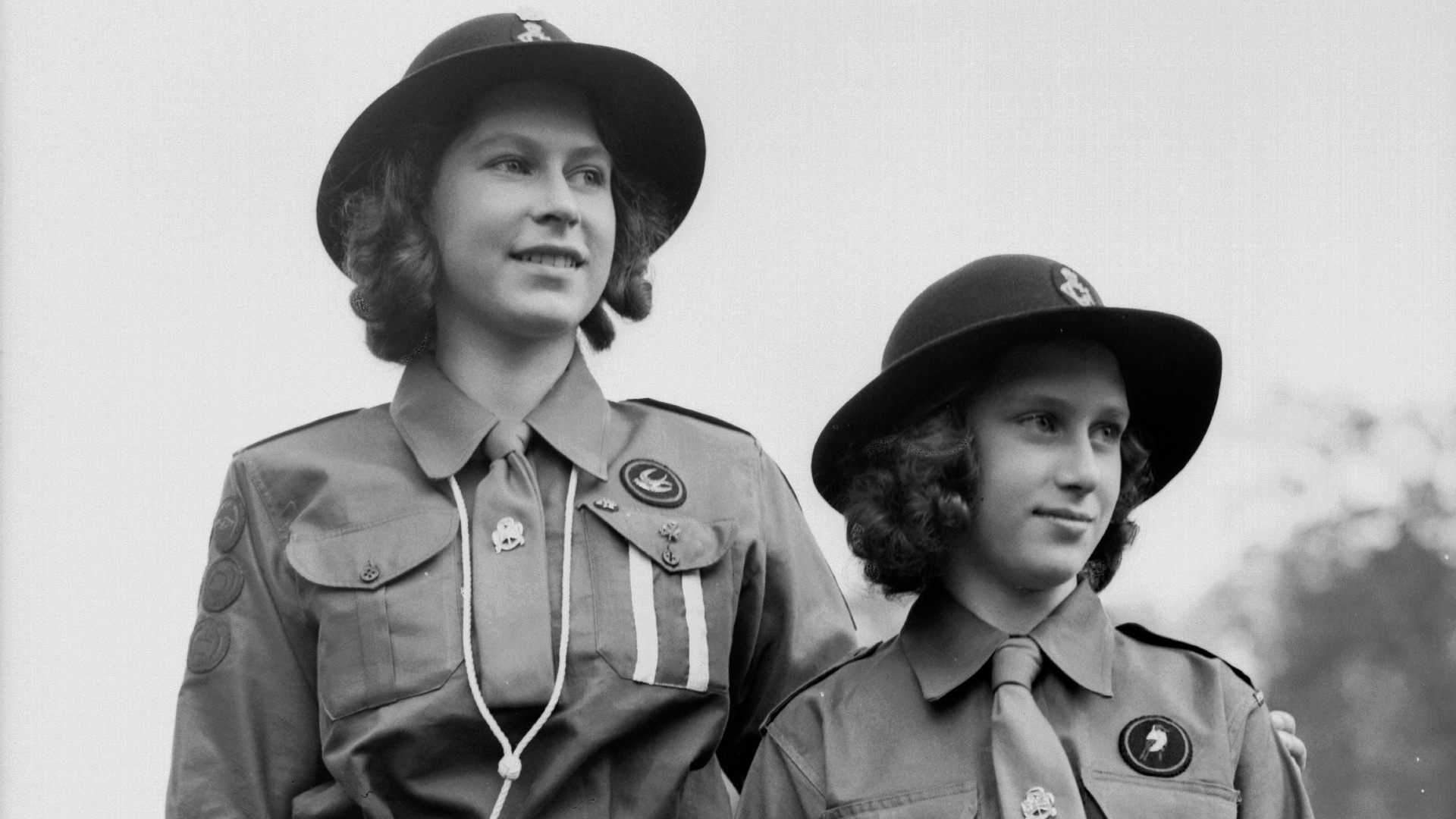
Royal expert Kerry Parnell agrees with that assessment. “Throughout all the changes in our societies, the Queen has always been there,” Parnell tells Marie Claire. “She will be remembered as a monarch who showed true determination and commitment—she vowed on her 21st birthday, ‘I declare before you all that my whole life whether it be long or short shall be devoted to your service,’ and she did just that.”
The monarch as always embodied strength and honesty to the highest degree. “Throughout her whole life, the Queen has had to constantly evolve, adapt and embrace change—which has perhaps fueled her desire to remain unfazed and a constant symbol of reassurance for the public,” body language expert Darren Stanton tells Marie Claire on behalf of Betfair Casino. “She always displays a confident posture and maintains eye contact, with some celebrities commenting after meeting the Queen that she carries her own force field around with her."
A Fashion Queen
Though the Queen has never taken many risks when it comes to her wardrobe, she has always looked both elegant and striking, thanks to her bold monochrome ensembles—designed to make her stand out in a crowd despite her relatively small stature (Grazia puts her at 5’3’’, FYI). For Inbaal Honigman, a psychic, tarot reader, astrologer and body language expert—who also specializes in the symbolism of colors, we can tell a lot about the Queen’s progress throughout her reign according to her fashion choices.
Get exclusive access to fashion and beauty trends, hot-off-the-press celebrity news, and more.
The Early Years
“Observing the Queen's style evolution throughout her reign helps us connect with her mood of the moment, with her optimism, her likes and dislikes, at different points of her public life,” Honigman tells Marie Claire. “In very early photos from the ‘40s and the ‘50s, we see her mostly in pale colors, likely shades of yellow. Lemon, honey and daffodil shades show joy and optimism. Her bright and sunny exterior reflected a bright and sunny interior. She was happy to take her early roles, and in early motherhood—and she was not going to hide it.”

The '60s and '70s
For Honigman, the next decade saw Queen Elizabeth gain in confidence. “Gowns from the early ‘60s show the Queen in blue,” she says. “Turquoise, sapphire and cobalt are colors associated with communication, and this would be the time that she found her public voice. Naturally she'd had to speak publicly from an early age, but in the early 60s, she found her pace, she knew who she was, what kind of a monarch she wanted to become—and what kind of mom she wished to be.
“In the ‘60s we also start to see her in pinks and peaches, which are colors of the heart—they signal that she doesn't just think things through, but she relies on her emotional intelligence as well, to guide her and inform her.”
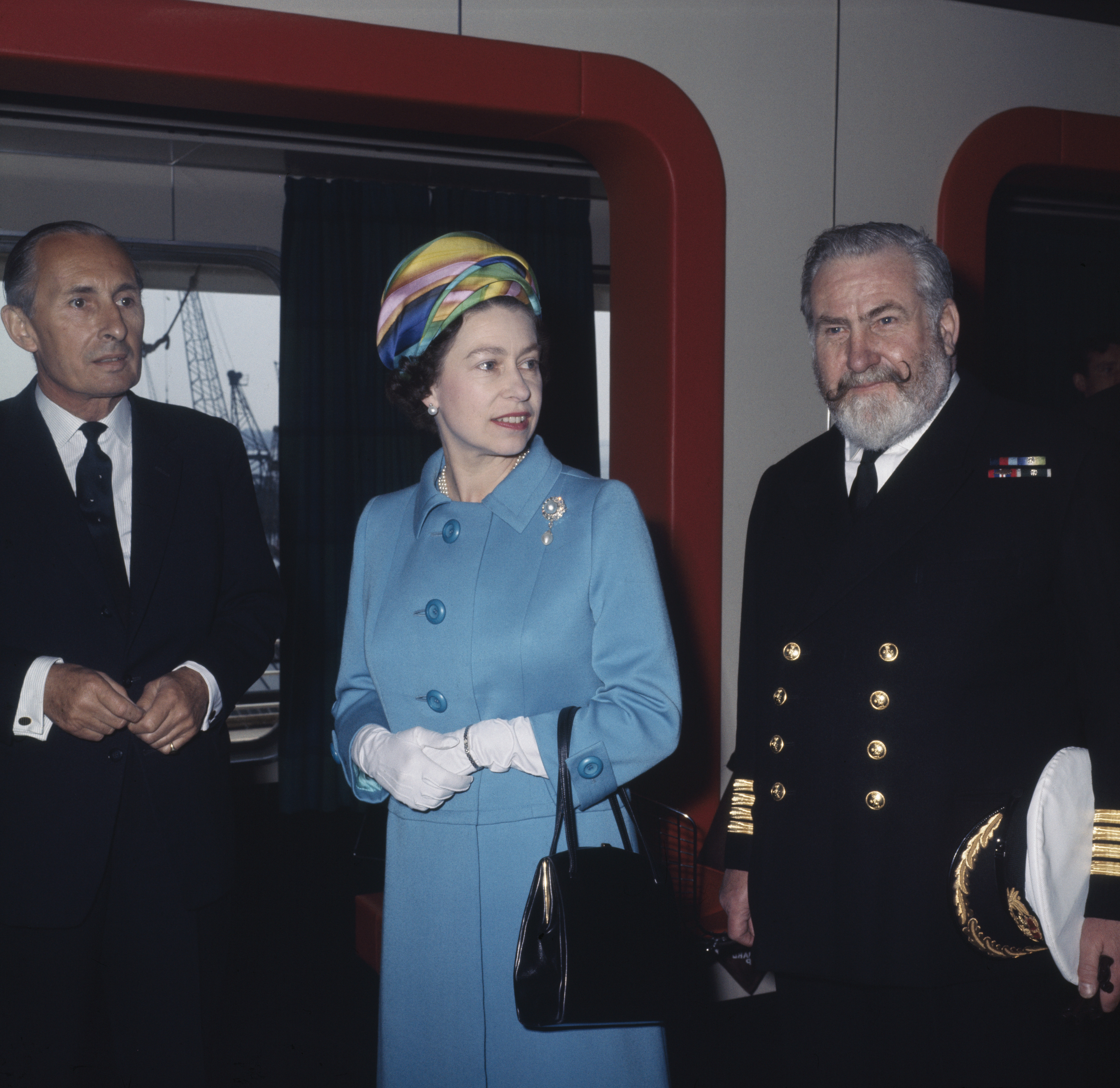
The 21st Century
Honigman remarks that the Queen favored white throughout the '00s. “White is a neutral color, and she uses it sometimes as the whole outfit, and sometimes as a pure and stark background to splashes of other hues,” she explains. “This white period says. ‘you can think you know me, but you don't.’ This color allows her to blend in instead of popping out, and apart from being totally chic, it's also a sign that she doesn't want to share all of herself anymore.”
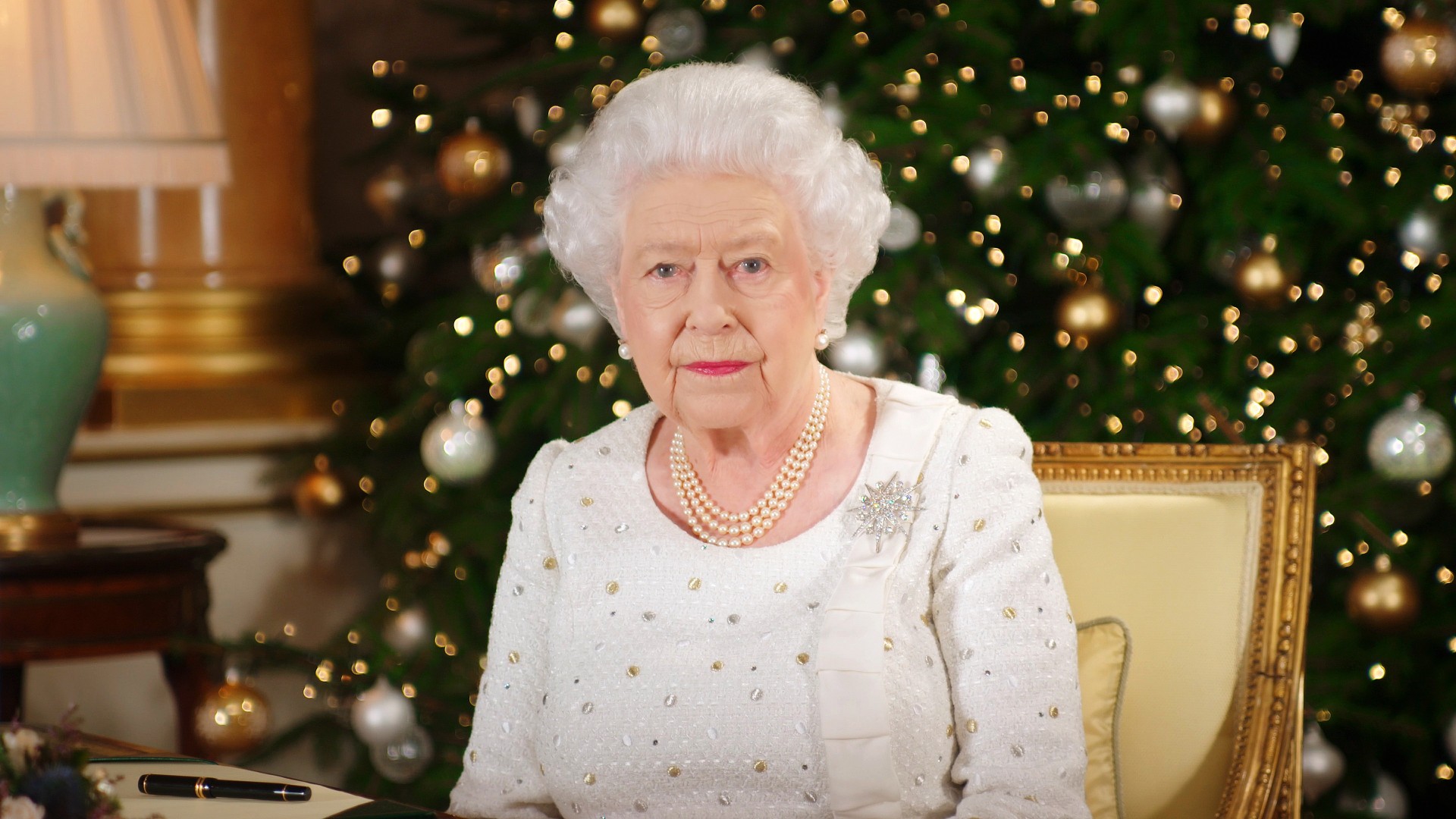
More recently, the monarch has embraced the rainbow. “An array of colorful overcoats adorns the past 10 years—the Queen is still very much the trendsetter in her 90s, with her silk scarves and matching outerwear, but she's wearing all the colors now,” Honigman says. “No longer devoted to one shade or another, she's experimenting with any tone going, and shows us that trying out new trends never goes out of style.”
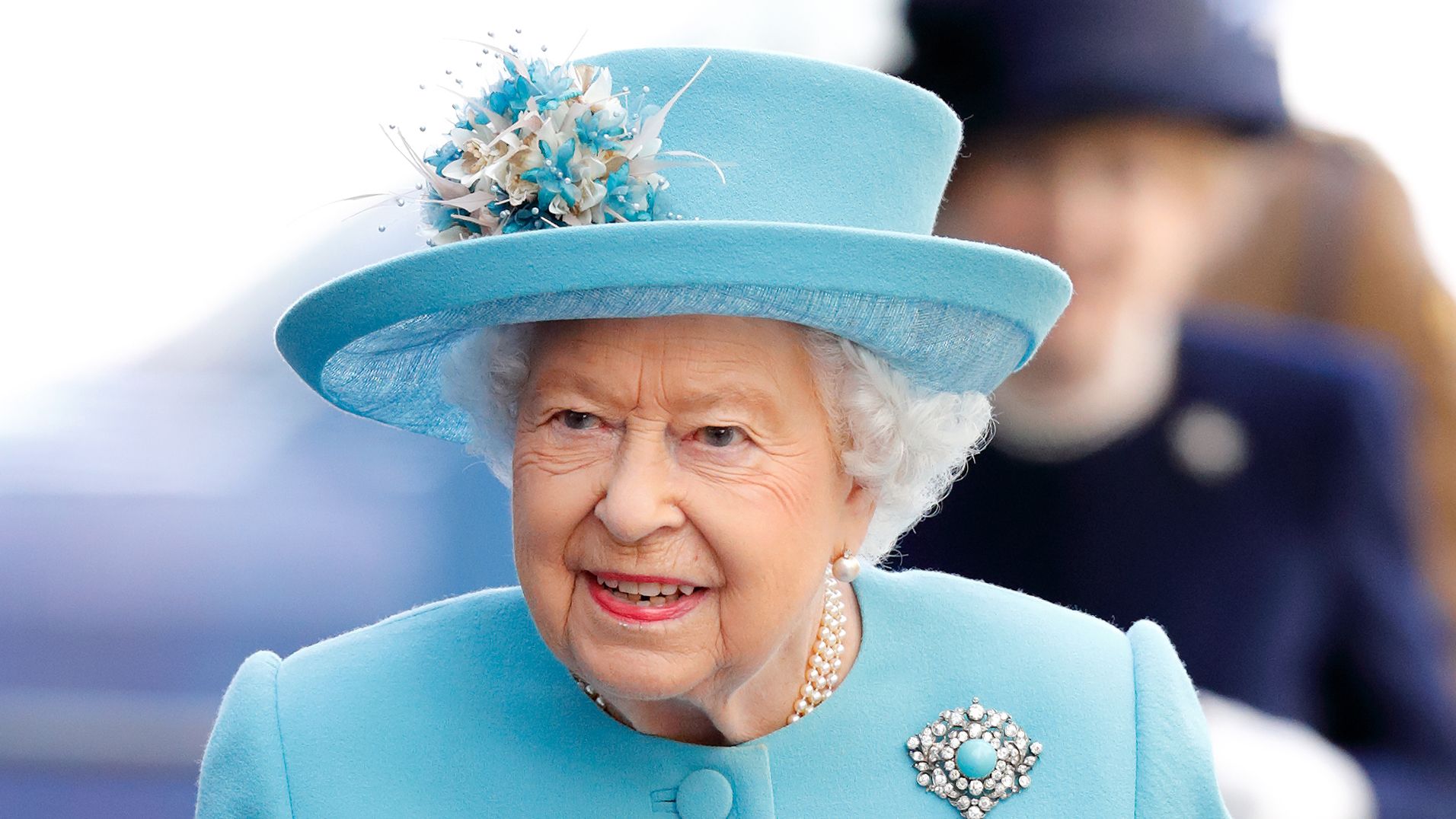
What Her 2022 Could Hold
2021 was not easy for the Queen, who sadly lost her husband of 73 years in April, but 2022 is looking auspicious, apparently. “2022 is a very good year for Her Majesty,” predicts Tara Greene, an astrologer, psychic and tarot reader. “She is having a royal year in astrology because the royal planet Jupiter returned to Aquarius recently, where it was when the Queen was born, and is now moving through spiritual, creative, compassionate, Pisces—but this can also sap her energy.”
As ever in life, the rest of the year will be a mixed bag for the monarch. “Later this year Jupiter will join her Venus, planet of balance, harmonious relationships, and beauty,” Greene continues.
Life has changed a lot for the Queen recently: Now a widow, she has also suffered health issues and retreated somewhat from public life. “I think she’s probably conserving her strength and energy as best she can so she can take part in the upcoming festivities, and we can only hope that she feels strong and well to enjoy this landmark celebration,” Sacerdoti says.
For Parnell, however, the Jubilee isn’t just an opportunity for celebration. “The Queen is always reluctant to celebrate the date she acceded the crown, on Feb. 6, 1952, because it is the date her beloved father King George VI died aged 56,” she explains. “Although the official celebrations are in June, I expect this year to be a time of great reflection for the Queen—not only on the early loss of her father, but on the loss of her husband Prince Philip, who stood by her side through her long reign. He was famously not one to make a fuss, but would have raised a wry smile at her latest milestone.”
Her Tight-Knit Family
One day, Prince Charles, then Prince William, will take over from the Queen. As such, we asked body language Andy Coley to comment how she acts around her heirs — and the rest of the family. His conclusion? For all their strange customs and public disputes, the Windsors seem to be a truly a tight-knit bunch.
“In terms of the way [the Queen] acts, I think she seems to be the same throughout; it's the way the others act with her that I think is the most interesting,” Coley tells Marie Claire. “Both William and Harry's body language is similar to how we'd all be with our 95-year-old gran, leaning in to chat to her and warm. With Charles and William, there is a great similarity in the body language that matches the queens, light when there is humor, serious during state occasions that are somber occasions.
“William seems to be absorbing every lesson from his gran, listening intently, mentally preparing for the time when it's his turn to be on the throne and the center of attention."
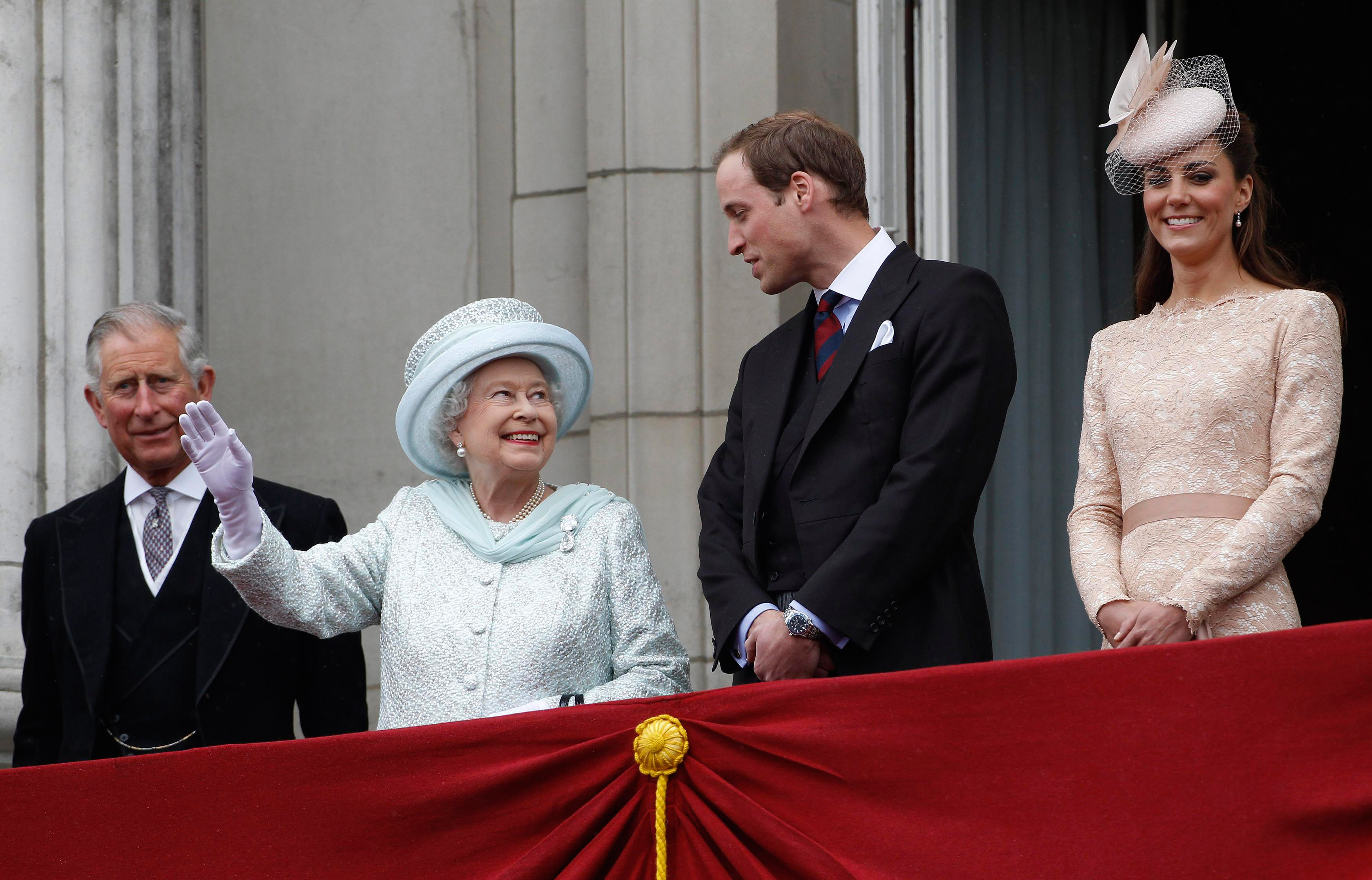
Coley adds: “Harry feels the outsider in the group; his body language seems more rigid and formal, less at ease than William and Charles who mirror the Queen with their physiology, and whilst we never know what happens behind the scenes once the gates are shut, you can be sure that he'll miss his Gran terribly when she's gone.”
Our other body language expert, Darren Stanton, stresses just how important family is to the 95-year-old monarch. “The only time we have seen a change in the Queen is when she has been surrounded by family,” Stanton tells Marie Claire. “From limited historical footage that exists of her in an informal setting, it is clear that the idea of family has always been the most important nucleus of her life.
“There are plenty of moments where she and Prince Philip are playing with the children and she appears to show a very strong connection with Charles—maybe because he was her first son. It’s clear she is immensely proud of him."

That said, there are two major sticking points when it comes to the Queen and her family: the tensions between the U.K.-based royals and the Sussexes, and the Prince Andrew scandal. “The situation with Prince Andrew has also been very difficult for the Queen, and on a personal level that must be very hard for her indeed,” Sacerdoti says. “She has made it clear he is defending himself as a private citizen in the legal challenge he faces. So I imagine she is hoping to distance the royal family as much as possible from the controversy surrounding him.”
Her Jubilee Celebrations
It has been assumed that Prince Harry, Meghan Markle and their children Archie and Lilibet would make the journey to England for the Jubilee celebrations, but recently a security controversy has thrown a spanner in the works. Still, the experts would be very surprised if the Sussexes didn’t make it across the Atlantic in June—although Greene sees Prince Harry perhaps traveling alone.
“Throughout all the turmoil, the Queen has reiterated over and over that Harry, Meghan, Archie and Lilibet are part of the family,” Parnell says. “I would expect them to be there. If they do not travel, it would be very disappointing.”
For Honigman, the Jubilee weekend will start out smoothly thanks to the Sun in Gemini, but tensions could arise later on. “Gemini is a playful sign, geared towards mischief and laughter, parties and chats—not drama and reflection, and so any reunion with the family will be joyful for all involved,” she says. “The first half of the weekend sees the moon in emotional Cancer—so after hours, conversations will be supportive, empowering and close.
“The fact that Mercury, planet of communication, will start the weekend in retrograde is a worry, because it means that words could be taken out of context, but Mercury gets it bearings before the party is finished, and so barbed words will be smoothed, and tempers will be quieted.
“I would advise the family to focus on the children. Archie, a Taurus, is likely to be a calm influence, and Lilibet, a Gemini, will be turning 1 on the 4th of June!”
Focus on the kids: noted. What other advice can we pass onto the Sussexes, then? “If they do come back for the celebrations, it could be an opportunity for them to heal some of the rifts they’ve caused,” Sacerdoti says. “I think the best way they could do that is to keep a low profile whilst here in the UK.” He adds, “Perhaps for this occasion…they might realize the focus isn’t and shouldn’t be on them, and their presence would be purely supportive, in the background.”
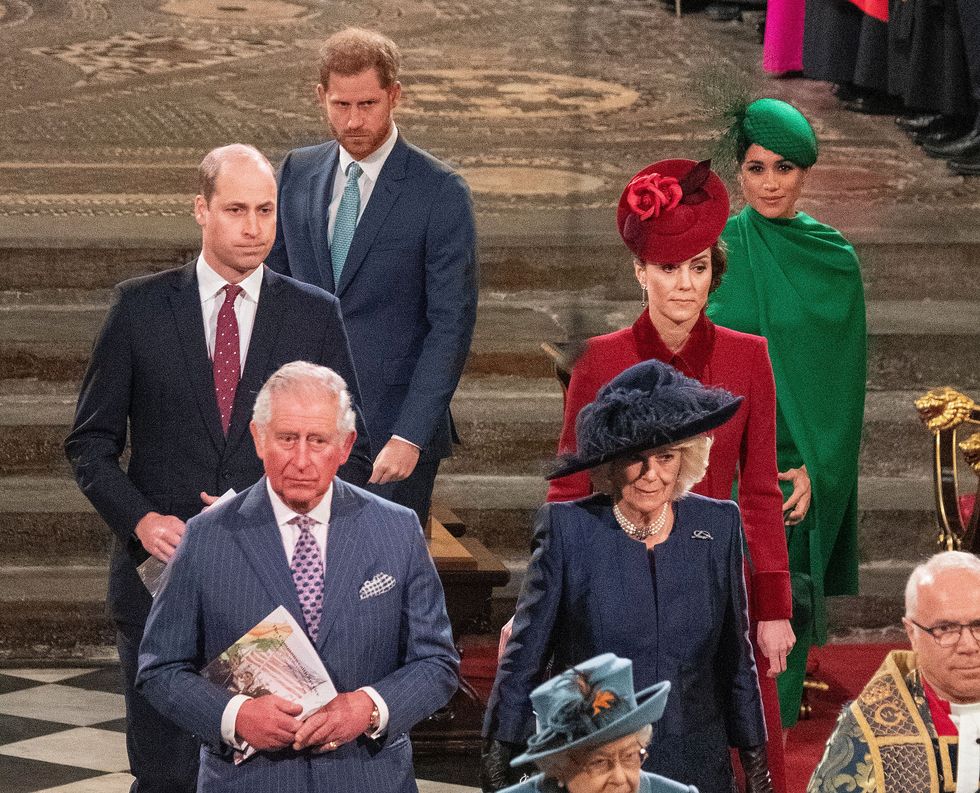
Her Future Kings and Queen Consorts
As hard as it is to imagine the Queen not being the Queen, time is marching on. “I think those who reign after her will try to set a similar, positive example, but will also find their own ways to shape the role according to their own skills and interests and according to the needs of the time,” Sacerdoti says. “The monarchy needs to adapt and change to remain relevant just as it has done during the Queen’s reign.”

We already have an inkling of what Prince Charles’ Britain will look like, since he is already shifting his current role to fit with his ideas of the ideal monarchy. “Charles has been open about his vision for a slimmed-down monarchy, centered around the direct heirs to the throne,” Parnell explains.
As for when we can expect to see Charles on the throne, Greene has an idea. “The Queen has great genes from her mother, who lived to be 101,” she says. “2024 is a defining year in the Queen’s role in the world, indicating a time of retreat for her and could be a time when Her Majesty hands the virtual power over to Charles when she is ninety-eight as this fits in with Charles’ astrology as well.”
Though Charles might accede to the throne quite soon according to Greene, it’s possible he won’t rule for many years. “I sense that Charles will only be king for a very few years, just to make his mark after patiently waiting his entire life,” she says. “I intuitively feel Prince William will take over from Charles after only a few years. Two to seven years is the longest I see Charles reign for.”
For Honigman, Charles’ reign will be a peaceful one. “I'm looking at a card for the monarchy under Charles, and I've got the Ace of Swords,” she says. “This is a wonderful card, for an intelligent and transparent ruler. He will be a smart and fair king, and will communicate honestly and openly to his subjects. I expect no scandals during his reign.”
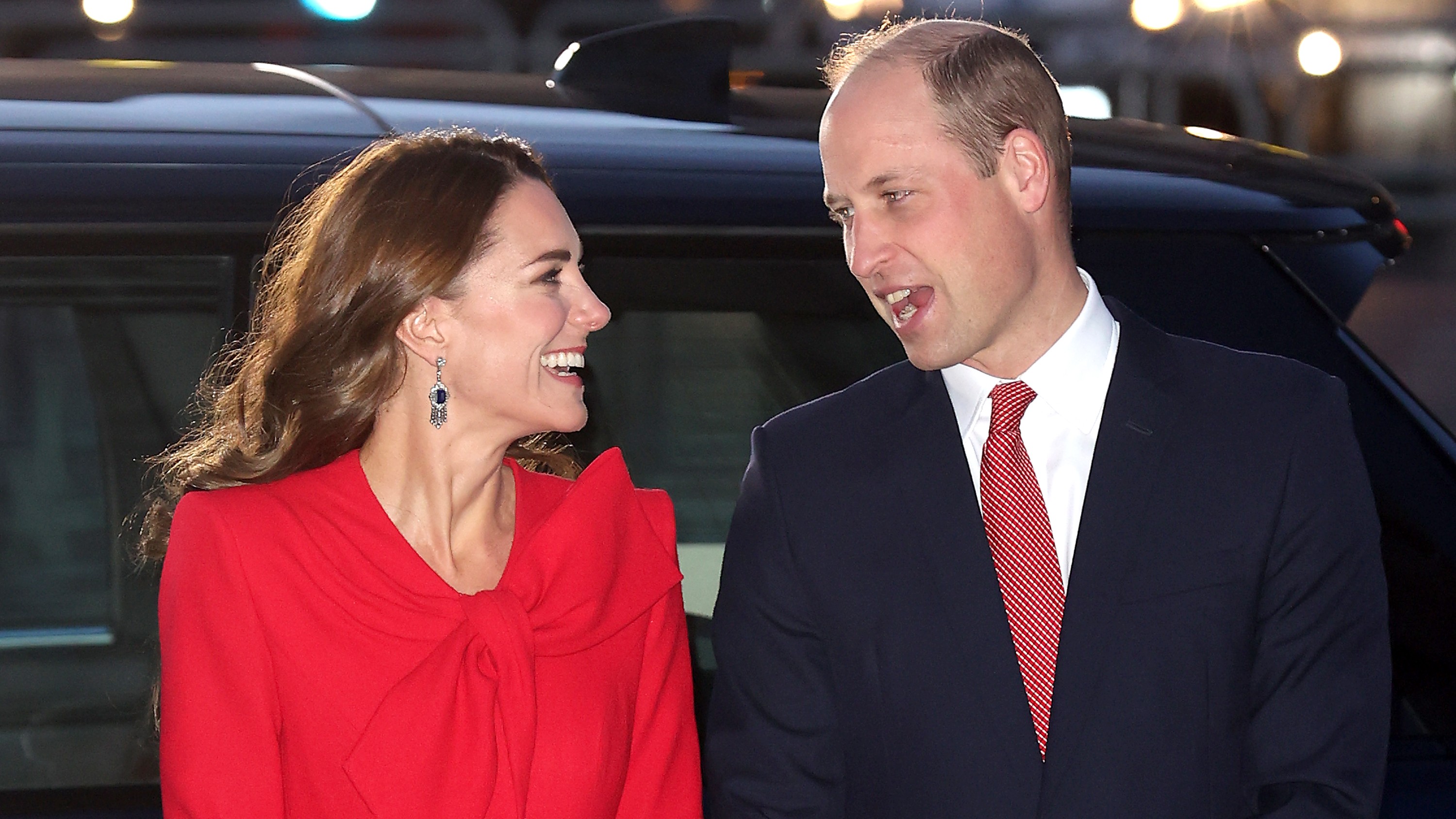
Meanwhile, the Cambridges are perhaps the most popular royals of all, and as such will make a wonderful king and queen consort. “Perhaps a little prematurely, I've got one card for the monarchy under William, and here I have The Star,” Honigman says. “One of the loveliest cards in the entire deck, The Star speaks of hopes and wishes, of dreams coming true.”
As for what kind of ruler he will be, Honigman adds, “I feel that William, upon ascending the throne, will show himself capable, compassionate and honorable. He will have waited decades by then, to act out his dear mother's legacy, of ruling with both his heart and his head. He will be a much-loved king to all, and will ensure the monarchy stands firm, and gains further admiration, even from a younger, less royalist generation.”
And when can we expect to see the rule of King William? “From April 27, 2026 to August 2032, when the radical planet Uranus enters youth-oriented Gemini, is the time which makes sense for William to be crowned king and Catherine to have equal power to him on the throne,” Greene says. “The year 2031 really stands out.”
The Future of the Monarchy
These days, many people in the U.K. feel less affinity with the Royal Family, and many more feel morally opposed to its existence. So, is it possible that you and I might see its end in our lifetime? Greene thinks so—and it all comes down to some powerful eclipses, according to the astrologer.
“Prince Charles got married on two total eclipses, which is extraordinary timing,” she says. “Prince William was born on a partial solar eclipse and Catherine was born on a total lunar eclipse. Princess Diana died on an eclipse.”
But wait, there’s more: “Prince William was born under a solar eclipse cycle called Saros 2 Old North, which started in 792 CE and ends in July 2036. Catherine, born six months earlier than William, was also on a lunar eclipse in this cycle."
Greene notes: “[2036] is the year that the British monarchy is predicted and fated to end. The series ends as does all great things in 2036 with the heir containing this eclipse in his natal chart. It is all written in the stars." She adds: "That date is only 14 years away from now.”

Iris Goldsztajn is a London-based journalist, editor and author. She is the morning editor at Marie Claire, and her work has appeared in the likes of British Vogue, InStyle, Cosmopolitan, Refinery29 and SELF. Iris writes about everything from celebrity news and relationship advice to the pitfalls of diet culture and the joys of exercise. She has many opinions on Harry Styles, and can typically be found eating her body weight in cheap chocolate.